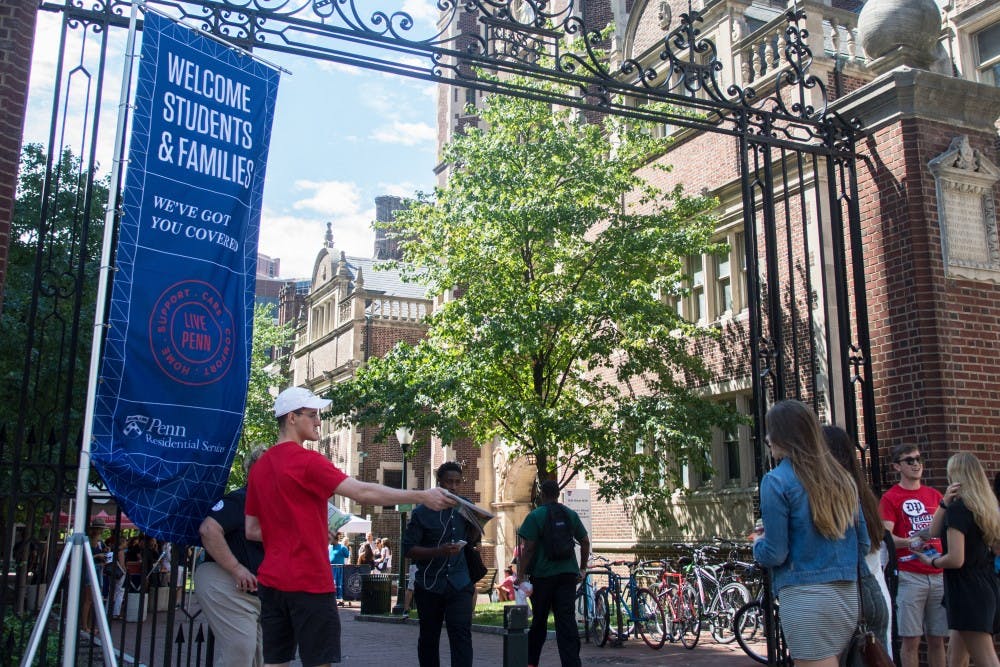
Move-in is an elaborate process that Residential Services plans for throughout the year. Numerous students volunteer to assist with that process, but not without incentives.
Two ways that students help with move-in are as move-in volunteers or guides for Peers Helping Incoming New Students, also known as PHINS.
“The biggest benefit was not having to deal with the chaos of moving in when everyone else moves in,” said College sophomore Kavin Jagnarain, who worked as a move-in volunteer last week. “You have the cart for a longer time, and they don’t bother you that much about giving it back quickly. I also had all day to move in, and I believe that most people have time slots of when they’re supposed to move in," he added.
Jagnarain spent his summer doing research on campus and realized that his sublet agreement would expire before regular move-in would begin. Volunteering for move-in allowed him to access early housing for free.
College sophomore Reginald Lamaute cited similar reasons for signing up to be a move-in volunteer.
“I was on campus this summer, and I was actually already living in Harnwell,” he said. “That housing contract expired the 19th, so I wanted something to bridge the gap between that housing contract and the beginning of the academic school year.”
Lamaute also said he chose to be a move-in volunteer because it seemed like a lower commitment than other programs like PHINS, which also offer early move-in.
“One of my friends works for PHINS, and it seems like a lot of work, which is cool if you’re really invested in getting to know freshman, but for me, I wanted something a bit more low-commitment,” he said. “I like that I haven’t really done anything as a move-in volunteer, and I got to move in early.”
Move-in volunteers are expected to assist the professional move-in team, University Student Services, with whatever they might need. Jagnarain said he had various jobs, including checking in students and helping to carry boxes. Volunteers are required to do three shifts, each lasting about seven hours, over the course of a week.
The commitment level for students involved in PHINS is higher: guides are expected to work 10 shifts that can last a varying number of hours throughout the period of New Student Orientation.
Students also have to go through a lengthy application process to join the program.
Interested students apply in March through the NSO website. Selected applicants are then put through a group interview where they're required to play games as PHINS coordinators observe them, said Wharton sophomore Annabelle Williams. The program accepted roughly 50 percent of the applicants this past year, she said.
For Williams, and some 120 other PHINS guides, the motivations to volunteer are more social.
“I was a tour guide in high school, and I really like helping people who have no idea what’s going on,” she said. “I thought it’d be fun to help the incoming freshman, because it obviously wasn’t that long ago that I was one of them, and I remember just being very freaked and scared.”
Engineering sophomore Isuru Amarasekera who was also a PHINS volunteer, agreed.
“I wanted to be a PHINS because I thought it’d be fun to help freshman and give advice,” she said.
The Daily Pennsylvanian is an independent, student-run newspaper. Please consider making a donation to support the coverage that shapes the University. Your generosity ensures a future of strong journalism at Penn.
Donate







